How AI and Machine Learning Revolutionize Personalized Orthopedic Treatments
Exploring the Frontiers of Orthopedics: The Role of AI and Machine Learning in Personalized Treatments
My journey into the realms of innovation and technology, much of which has been spent at the helm of DBGM Consulting, Inc, has imbued me with a profound appreciation for the convergence of different fields. Specifically, the intersection of technology and healthcare fascinates me, prompting a deep dive into orthopedics, a medical field dedicated to preventing, diagnosing, and treating disorders of the bones, joints, ligaments, tendons, and muscles. Driven by a blend of curiosity and a penchant for technology’s transformative power, I’ve found myself drawn to the burgeoning role of Artificial Intelligence (AI) and Machine Learning (ML) in orthopedics, particularly in the customization of patient treatment plans.
Personalized Medicine: A New Era in Orthopedics
The concept of personalized medicine — tailoring medical treatment to the individual characteristics of each patient — is revolutionizing healthcare. In orthopedics, this paradigm promises to optimize treatment outcomes by considering the unique genetic, lifestyle, and environmental factors of each patient. This approach has always intrigued me, reminding me of the precision and adaptability I’ve applied in both my technological endeavors and personal explorations, like customizing Machine Learning algorithms for various applications.
AI and ML: Driving Forces Behind Personalized Orthopedic Solutions
Artificial Intelligence and Machine Learning stand at the forefront of this revolution, analyzing vast datasets from patient records, imaging studies, and genetic profiles to predict the most effective treatment strategies. This capability mirrors the process automation and predictive modeling tasks I handled during my time in information systems and AI studies at Harvard University, where the focus was on harnessing data for insightful outcomes.
<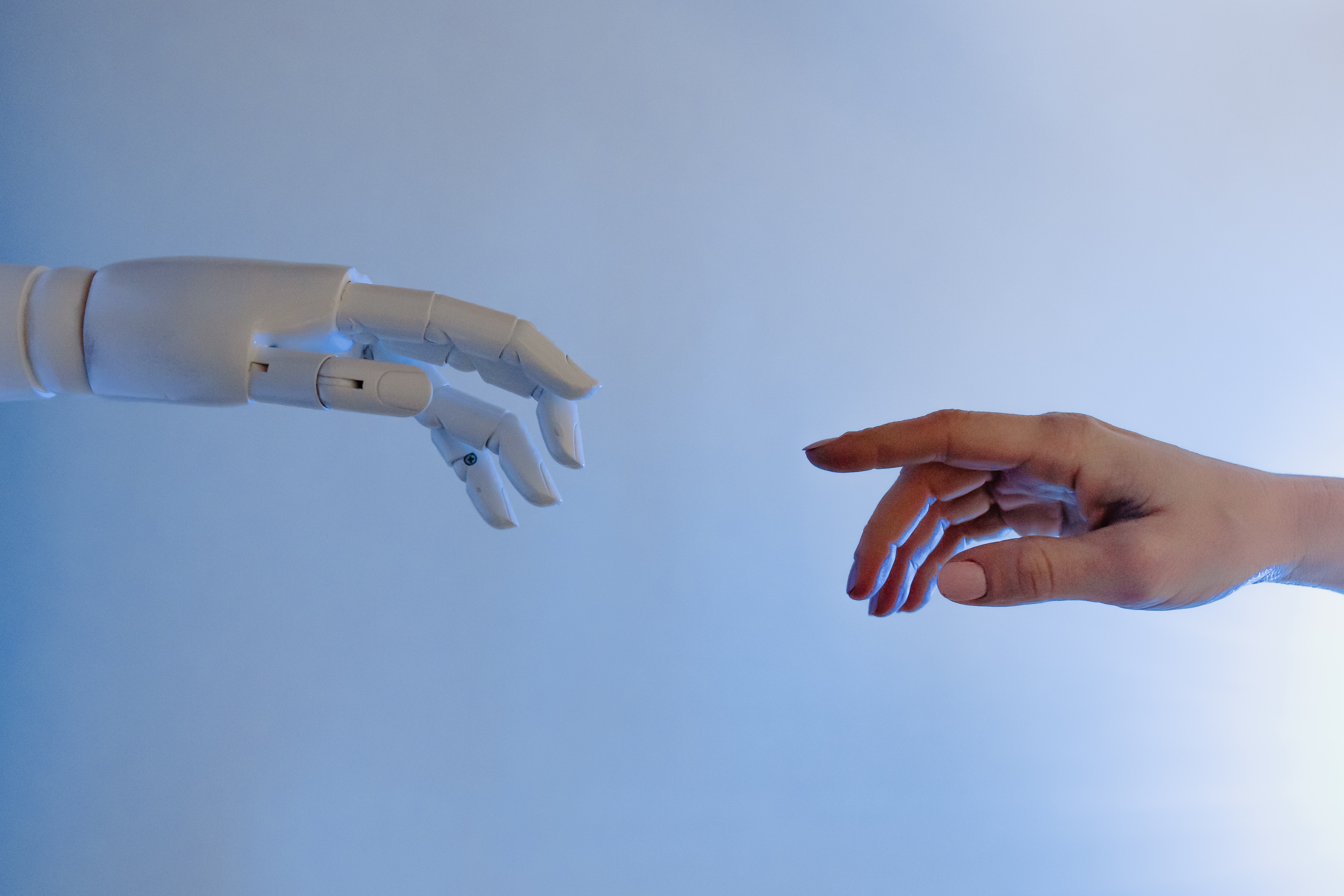 >
>
AI algorithms, trained on thousands of patient outcomes, can identify patterns and correlations invisible to the human eye. For example, by analyzing X-ray and MRI images with machine-learning models, we can now predict the progression of conditions like osteoarthritis or the likelihood of fractures healing without intervention. This prospect is exhilarating, reminding me of the meticulous nature of AI model training I engaged in for enhancing self-driving robot capabilities.
Challenges and Considerations in AI-driven Orthopedics
Despite the promising advances, the integration of AI and ML in orthopedics is not without challenges. Data privacy concerns, the need for extensive datasets for model training, and ensuring algorithmic fairness are significant hurdles. These considerations resonate with my experience in managing complex IT projects and my advisory role on security and compliance matters, where safeguarding data integrity and confidentiality was paramount. Moreover, ensuring that these algorithms are accessible and delivering equitable benefits across diverse patient populations reflects my commitment to open dialogue and inclusivity in technology.
Conclusion
The journey of exploring the impact of Artificial Intelligence and Machine Learning in orthopedics has been an extension of my lifelong pursuit of knowledge and application of technology in meaningful ways. As we stand on the cusp of a new era in medical treatments, where customized care becomes the norm, I am reminded of the importance of continually pushing the boundaries of what is possible. The integration of AI and ML in orthopedics not only promises enhanced patient outcomes but also exemplifies the transformative power of technology when applied judiciously and with human-centric considerations at its core.
As I reflect on this exploration, it becomes clear that the principles I’ve adhered to in my career and personal life — curiosity, diligence, and a commitment to making a positive impact — are the same principles that drive advancements in medical technology. It’s an exciting time to be at the intersection of technology and healthcare, where each discovery and innovation brings us closer to a future where treatment is not only about healing but about thriving.
For further reading on technological advancements in healthcare, view my latest posts:
- Enhancing IT Monitoring with Prometheus for AI and Cloud Solutions
- The Vital Role of OpenID Connect in Enhancing Modern IT Solutions
- The Impact of SAML in Modern Authentication and Cloud Security
<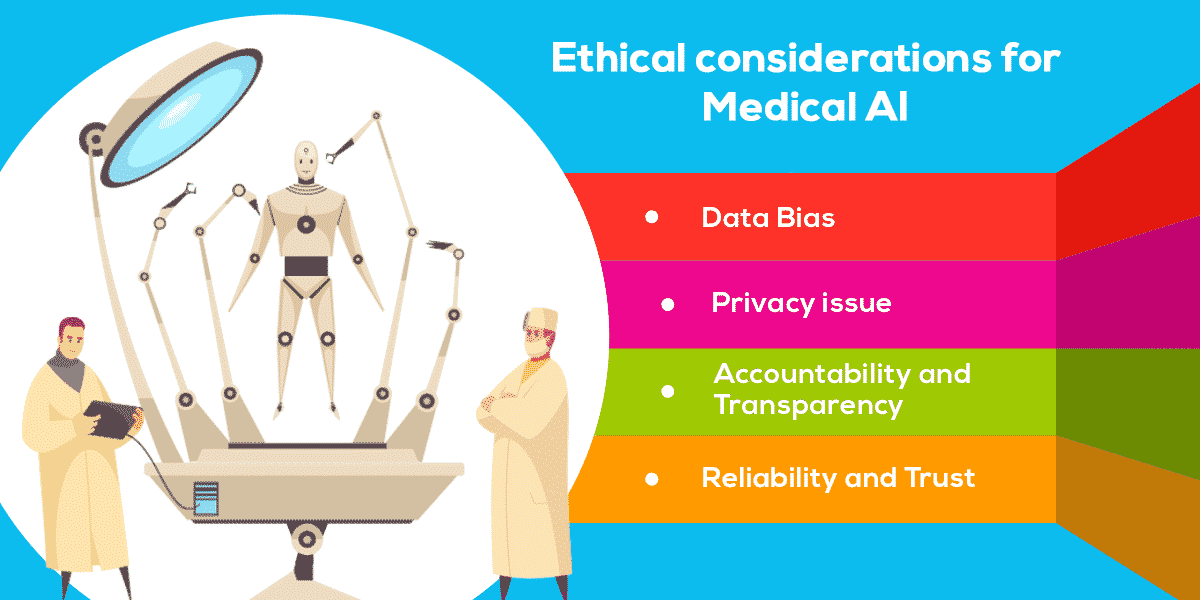 >
>
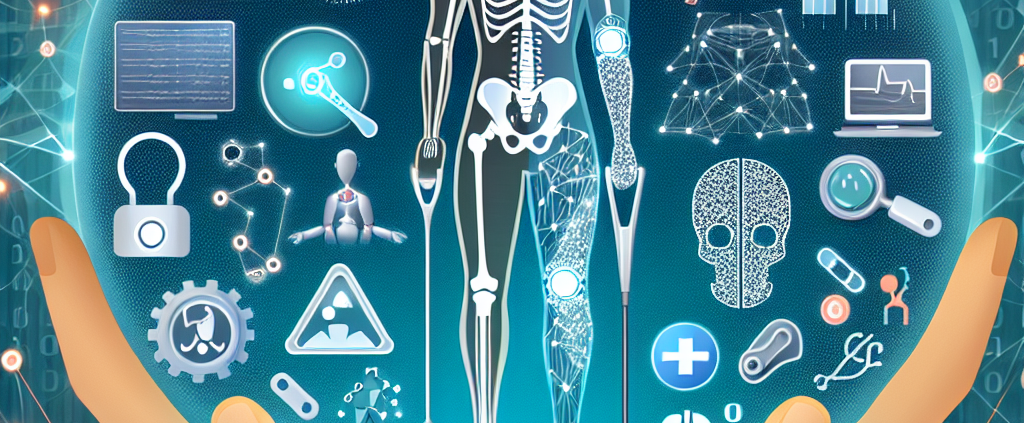
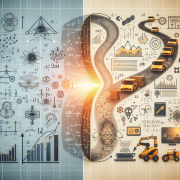
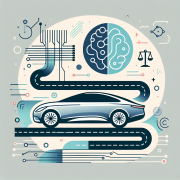
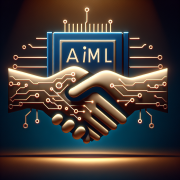

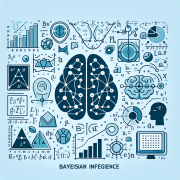
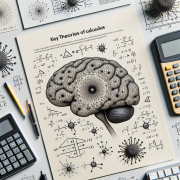


Leave a Reply
Want to join the discussion?Feel free to contribute!